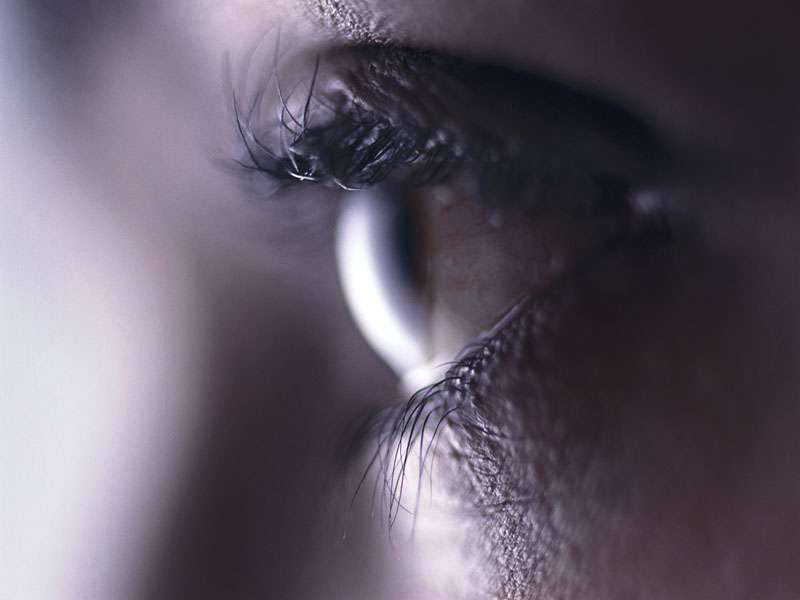Reduced corneal nerve fiber density in patients with HIV

(HealthDay)—Patients with HIV and HIV-associated sensory neuropathy (HIV-SN) have reduced corneal nerve fiber density, which can be identified using in vivo corneal confocal microscopy (IVCCM), according to a study published online June 8 in JAMA Ophthalmology.
Harriet I. Kemp, B.M., B.Ch., from Imperial College London, and colleagues conducted a cross-sectional study involving 20 patients who were HIV positive (14 with HIV-SN). They underwent IVCCM, and the images were analyzed. Results were compared with those from 20 age- and sex-matched healthy control participants.
The researchers observed a reduction in corneal nerve fiber density for patients with HIV versus controls (median difference, −10.37 mm²) and for patients with HIV-SN versus those without (median difference, −4.53 mm²). Patients with HIV had reduced corneal nerve branch density (median difference, −24.53 mm²) and corneal nerve fiber length (−5.24 mm/mm²); there were no differences seen for those with and without neuropathy. There was an increase in tortuosity coefficient for patients with HIV versus controls (median difference, 2.34) and in those with HIV-SN versus those without (median difference, 4.32). No significant differences were seen between the groups for corneal Langerhans cell density.
"In vivo corneal confocal microscopy could be used in the assessment of HIV-SN, but larger studies are required to confirm this finding," the authors write.
Several authors disclosed financial ties to the biopharmaceutical industry.
More information: Abstract/Full Text (subscription or payment may be required)
Copyright © 2017 HealthDay. All rights reserved.




















